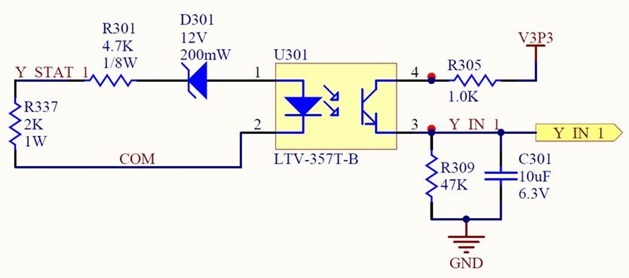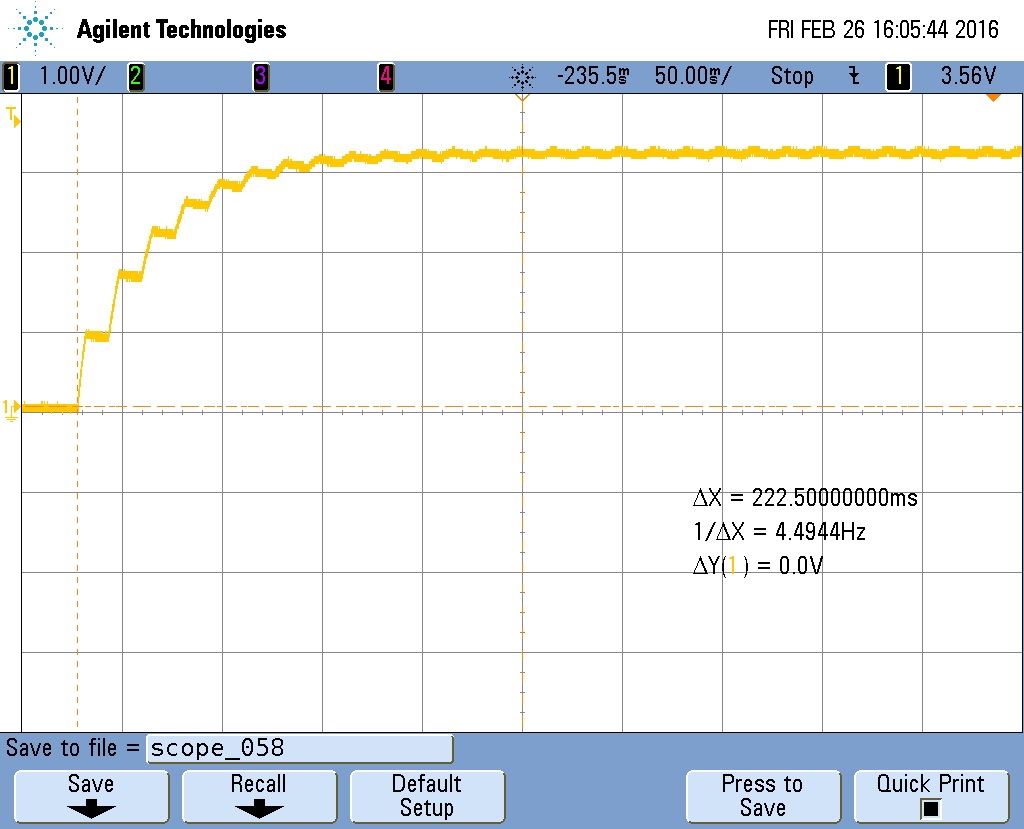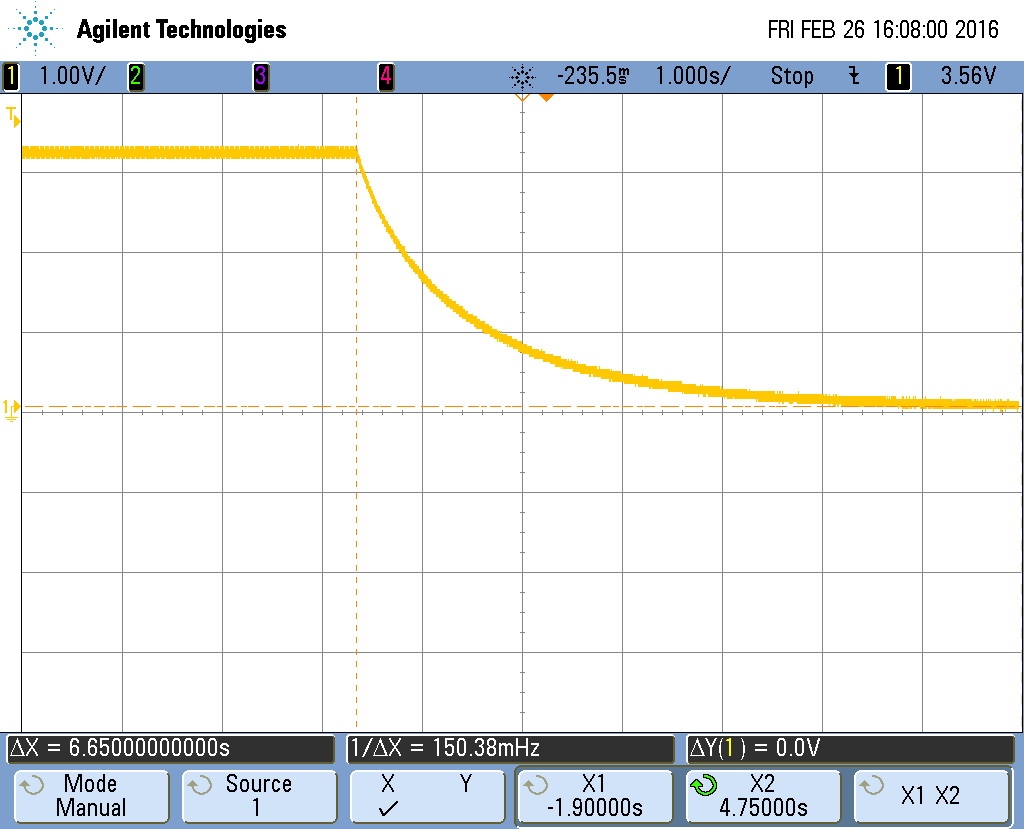Hello:
I am concerned about an analog signal input on a digital input to my TM4C1231 MCU.
Here is my circuit:
Circuit Description:-
- Y_STAT_1 and COM are the 24VAC Input.
- Since we have Zener diode in between, circuit operates after 12V AC Peak in positive half cycle.
- Y_IN_1 is the digital input to TI Microcontroller P/N: TM4C1231H6PZI7
- Since we provide 24VAC @ 60Hz on the Y_STAT_1 and COM line, we see some ripple at the Y_IN_1.
- Y_IN_1 is the digital input to the controller.
- Since we have C301 to get rid of some ripple of input AC cycle, when input goes off it takes some time to discharge, which is also same case when charging of the capacitor. See Rise Time New and Fall Time New Scope shots below.
- Hence we can see that the microcontroller will always see as some charge and discharge time at the input of digital pin.
The question is, will it affect the controller or damage the input because of the analog nature of the signal provided over digital input line?
See the following scope shots:
Rise time New:
Fall Time New:
We are been using the circuit in several places and concern of risk in design if exist.
Any feedback or input is welcomed and appreciated!
Thanks again!
Paul




